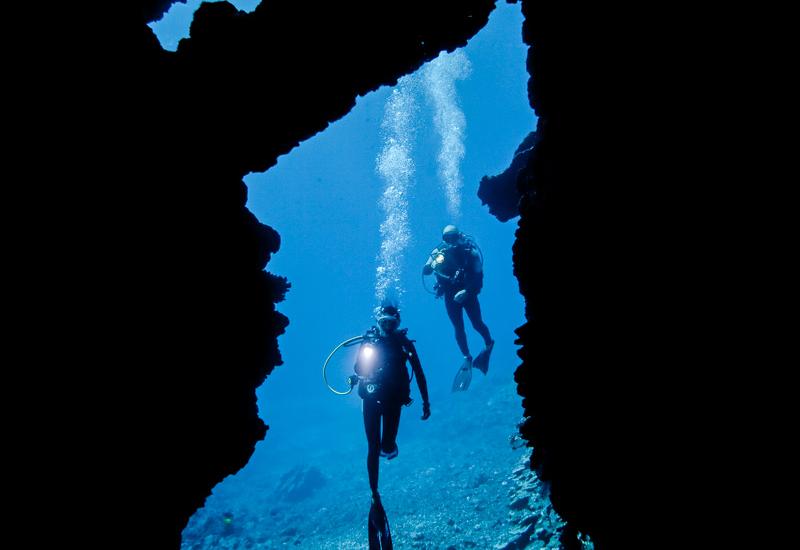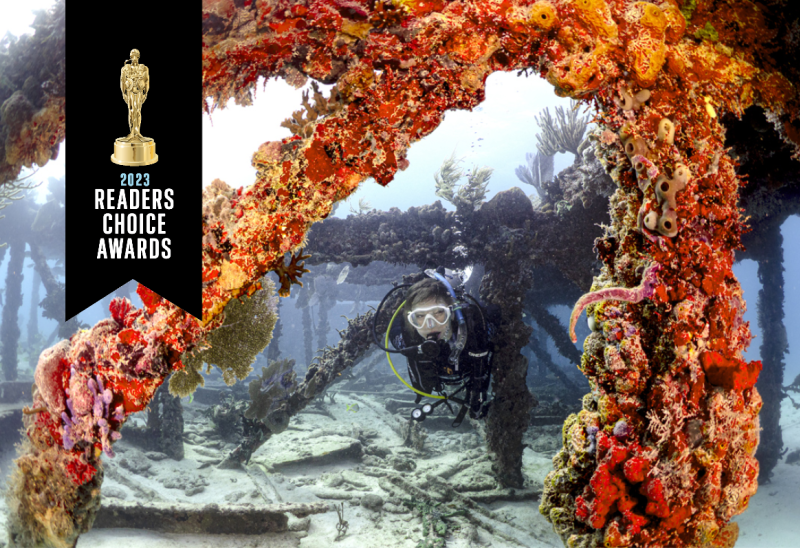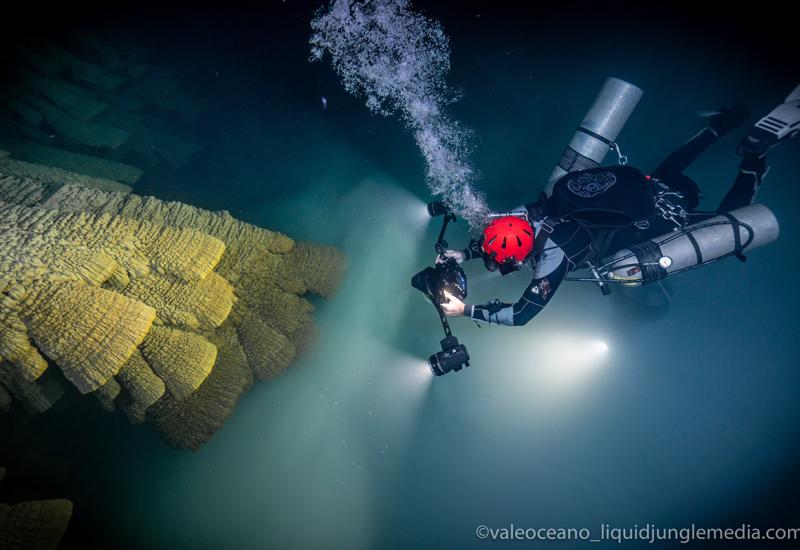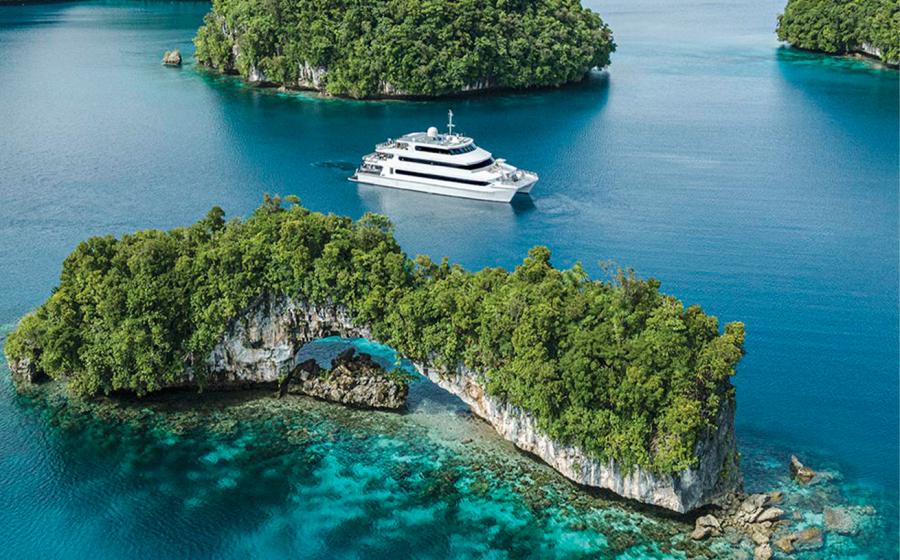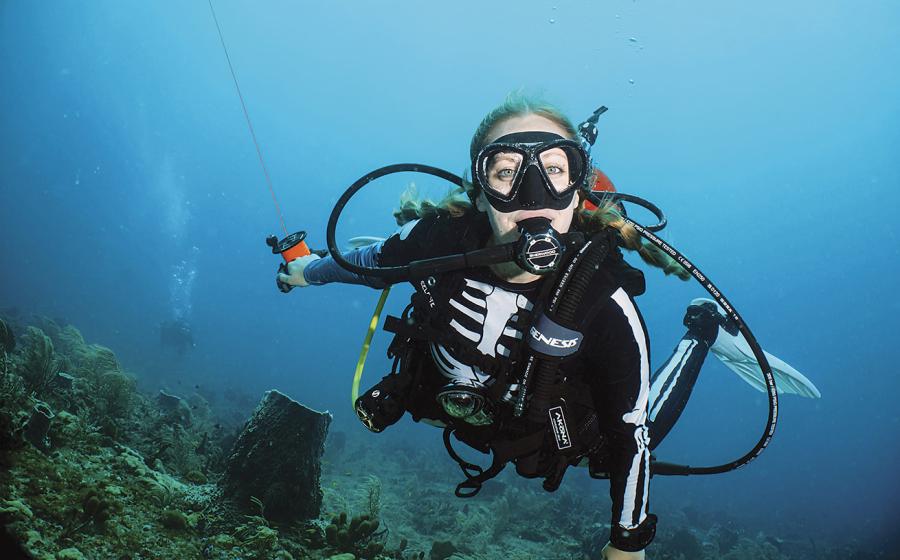Ask The Experts: Are Overhead Environments Safe?
ARE OVERHEAD ENVIRONMENTS SAFE?
Any environment that does not allow direct access to the surface poses significant risk and should not be entered without advanced training and special equipment. Some wrecks and caverns have swim-throughs that can be reasonably explored by recreational divers.
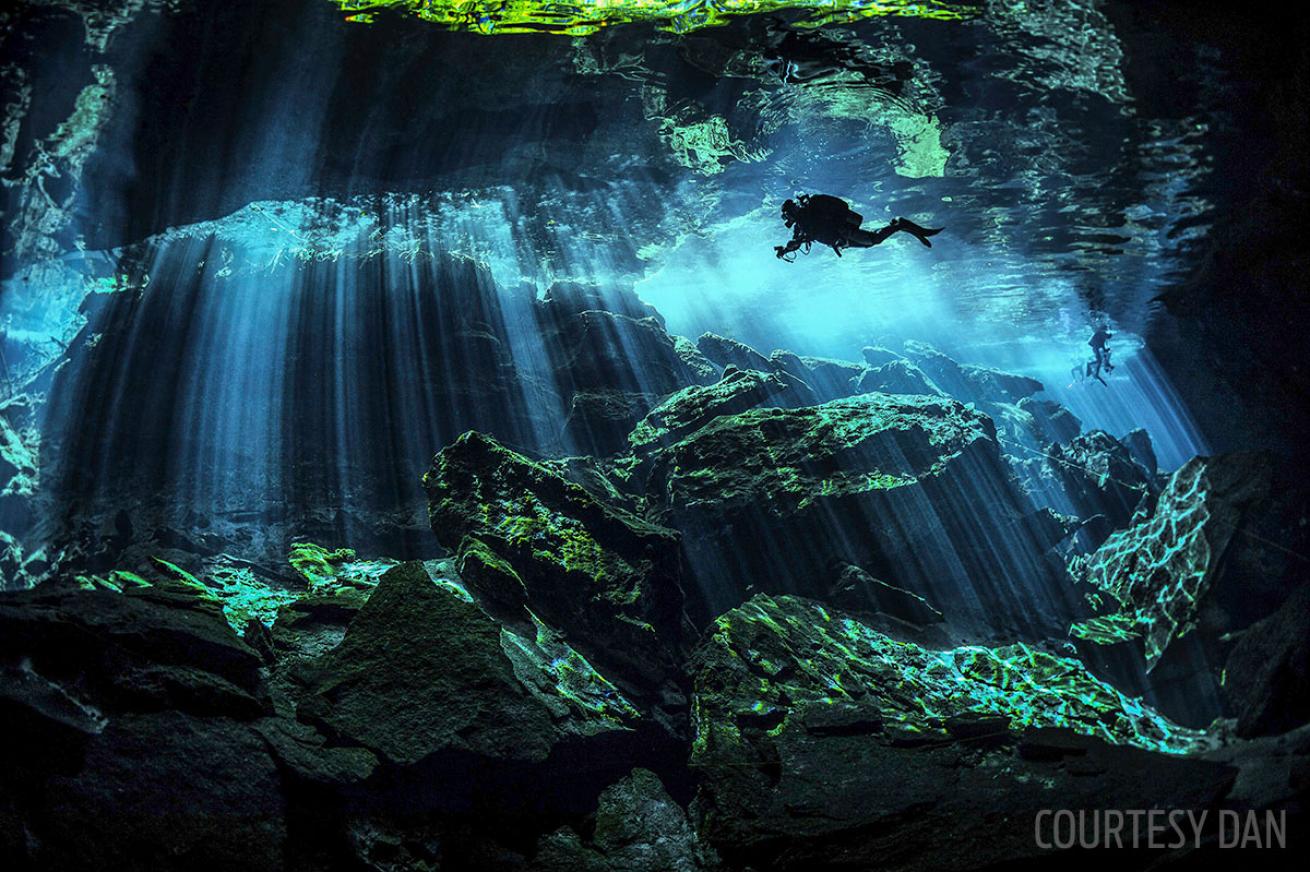
Courtesy DANAny environment that does not allow direct access to the surface poses significant risk.
Q ) IS AN OVERHEAD ENVIRONMENT THAT DIFFERENT?
A ) Diving beyond your training and experience level is particularly hazardous in cave and wreck environments where you cannot ascend directly to the surface. Whether you need to ascend due to an out-of-air situation, an equipment failure or some other emergency, entering an overhead environment beyond your training level can complicate your ascent and put you in serious risk. Recognize the limits of your skills and training, and plan your dives conservatively. If you have to question whether you should dive a specific site — don’t. Even diving just past the zone in which you can see ambient light requires specialized equipment and years of training, and should not be performed by anyone without certification and significant experience.
Q ) SPECIAL CONSIDERATIONS?
A ) Planning a dive into a cavern area or an environment that has reasonable swim-throughs requires more advanced gas planning than some other types of diving. Always plan your dives with additional conservatism, and take into account the possibility of an equipment failure at the point during a dive when you are farthest from your entry. A conservative gas management plan, such as the rule of thirds, is a good start to ensuring you have enough air to safely complete your dive, even if you should have an equipment failure.
Q ) WHAT ARE THE HAZARDS?
A ) Avoiding entanglements, rusty or sharp objects, or a silty layer of sediment on the bottom requires excellent buoyancy control and kicking technique. These hazards might not cause serious injury individually, but reducing visibility by kicking up silt or becoming accidentally entangled in a wire or piece of fishing line could start a chain of events with serious consequences.
FOR MORE INFORMATION ON SAFE DIVING PRACTICES, VISIT DAN.ORG.


